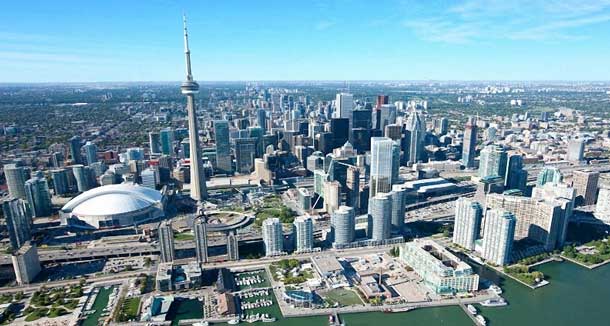
THUNDER BAY – OPINION – Canada is an urban nation with over 80 per cent of its population living in cities or towns. At the dawn of Confederation, the urban rural split was exactly the opposite, with just over 80 per cent of the population in rural areas.
Today, not only is Canada mainly urban but 40 per cent of its population live in just four urban areas – Toronto, Montreal, Vancouver and Calgary. The 10 biggest CMAs account for nearly 60 per cent of Canada’s population, with cities like Toronto, Montreal and Vancouver larger than many provinces when it comes to both population and economic output.
Despite their demographic and economic clout, municipalities in Canada feel hard done by and lacking in the resources needed to tackle vital infrastructure such as roads, sewers and water. The infrastructure report cards put out by the Federation of Canadian Municipalities maintain that, after years of neglect, a significant proportion of municipal infrastructure is ranked as either “fair” or “very poor”. Catastrophic weather events increasingly have put this infrastructure under strain.
It’s not just about more money: the 2013 Report on the State of Canada’s Cities and communities also argues that part of the problem lies in the Canadian division of powers. The Federation of Canadian Municipalities has called for explicit recognition by the federal government of the role of cities through a tangible political framework.
Municipalities are correct when they lament that they have an inferior position to the federal and provincial governments when it comes to their participation in the Canadian tax and expenditure system. However, this is a function of the constitution, which does not even recognize them as a separate tier of government but simply regards them as creatures of the provinces. Making cities an equal partner in Confederation will require constitutional change, which is a lot of hard work.
Canada’s cities would probably be happy with more money rather than decades of constitutional wrangling. Yet the evidence suggests that local government in Canada has been doing reasonably well when it comes to both revenue and expenditure growth. According to the Federal Fiscal Reference Tables, over the period 2000 to 2012, total government revenue grew 45 per cent while total government expenditure in Canada grew by 67 per cent. Federal revenue grew 26 per cent, provincial/territorial revenue grew 61 per cent and local government revenue grew by a surprising 74 per cent. Meanwhile, federal spending grew by 50 per cent, provincial/territorial spending by 86 per cent and local government spending by 77 per cent.
Why are municipalities annoyed despite their revenue and spending growth? A much larger proportion of municipal spending is funded by grant revenue as opposed to the provinces. For example, grants from the federal government account for about 20 per cent of provincial/territorial government revenues. As for local governments in Canada, they receive nearly 50 per cent of their total revenues in the form of grants – mainly from their respective provincial governments.
Municipalities have relatively fewer tools for own-source revenue generation. Aside from property taxation and user fees, municipalities are dependent on the kindness of other levels of government for a large chunk of their spending, putting them in a position of constant supplication.

More irritating is that since 2010 total grant revenues for local governments have declined and own-source revenue growth has slowed. Overall, total local government revenues in Canada fell from $148.9 billion in 2010 to $146.7 billion in 2012. Yet, over the period 2010 to 2012, federal government revenues grew from $231.9 to $253.4 billion while total provincial-territorial revenues have grown from $348.9 to $372.2 billion.
However, while total provincial-territorial revenue grew, their own grant revenue was down from $74.8 billion in 2010 to $72.6 billion in 2012. Meanwhile, local government grant revenue between 2010 and 2012 fell from $72.6 to $68.6 billion. Despite their overall revenue growth, the provinces seemed to have passed their own transfer reductions directly down to the municipalities. Needless to say, the municipalities are annoyed.
Livio Di Matteo is Professor of Economics at Lakehead University.
Troy Media











